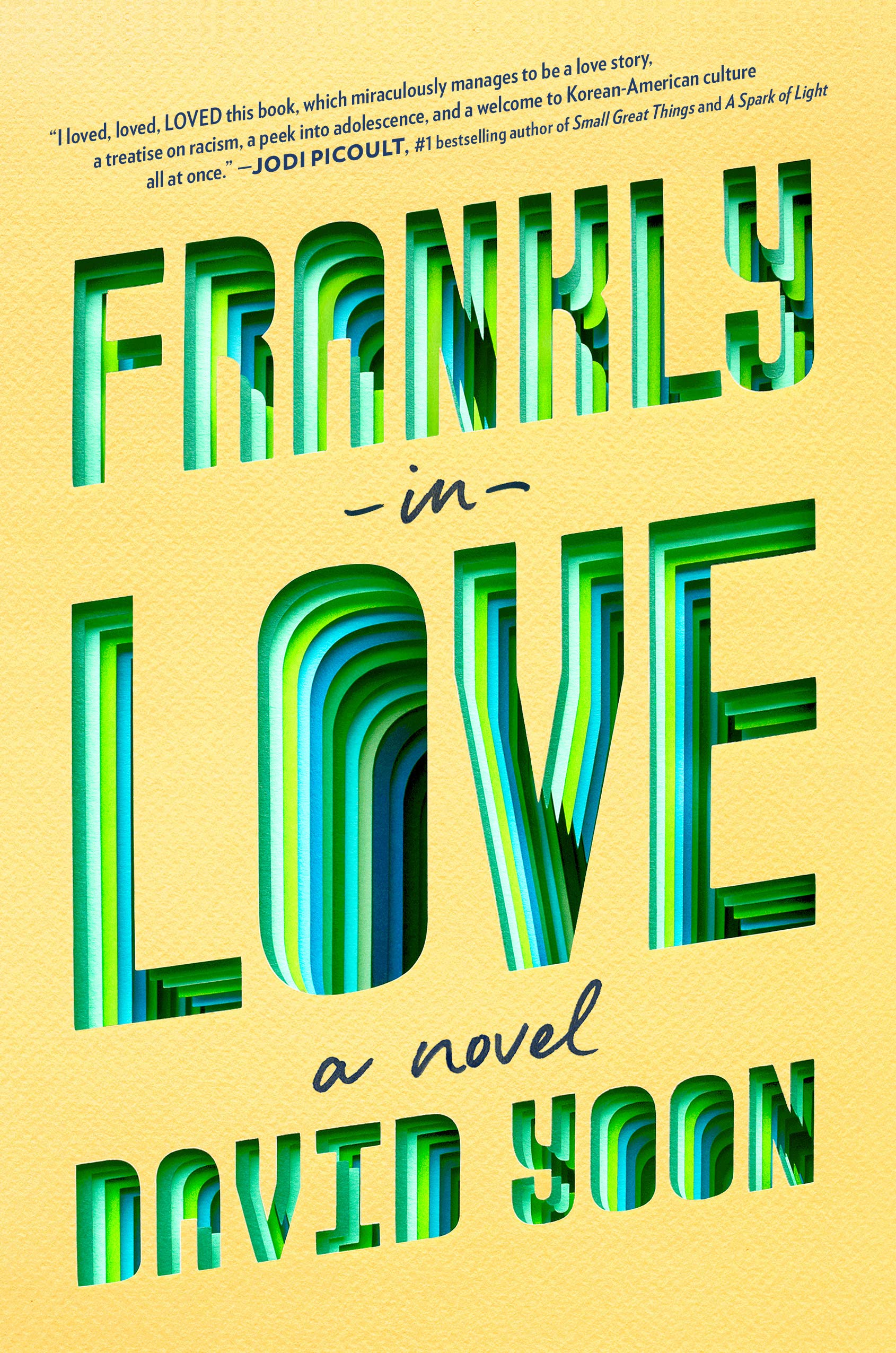Yoo Kyung Sung, University of New Mexico, Albuquerque, NM, Junko Sakoi, Tucson Unified School District, Tucson, AZ

Until the pandemic occurred, my (Yoo Kyung) workout routines barely left indoor facilities. I ran on a treadmill, sweated at a hot yoga studio, and moaned at a pilates studio while something was stretching. Then the pandemic circumstance closed many indoor workout facilities. I needed alternatives so I began running and walking in my neighborhood instead of a treadmill. Thinking back, my audiobook history began with the pandemic just like that. Listening to audiobooks shortened my to-read-stacks while I added my running mileages. When I was listening to David Yoon’s Frankly In Love, I completed a lot of house chores because I kept listening as we often say, “I couldn’t put it [book] down”. It was the exact same feeling. When I needed to mark a passage, the audiobook app let me bookmark with and without my notes. What I appreciate most is that I could do other physical activities while I listen to it so I was able to accomplish multiple tasks that include finishing multiple books.
I, Yoo Kyung, was recently invited to give a talk about children’s literature at a university in Seoul, Korea with a condition; The talk title has to have future society along with children’s literature. Once the word, future is emphasized, the images of a person reading escaped from typical images of book reading that often takes pieces of furniture like a table, sofa, chair, lamp, and even knees. All these images also take something flat like floor and grassy ground to place a book. With the future in mind, creatively designed convenience for book reading was sketched with a pinch of imagination in my mind. Here, the convenience of book reading can mean many things:
- The fluidity of literature experience
- The flexibility of reading mode
- Synchronousness with other activities
- Instant availability of translation and interpretations
They are intertwined with each other too. The fluidity of the literature experience is presenting a book, not a book format. For example, a videobook presents a picture book like a movie theater. Each page is read by a narrator and illustrations or small parts in an illustration are animated with sound effects. It is like Reading Rainbow. Reading Rainbow was born as a solution by teachers and a group of broadcasters for children who lost their reading over television and summer weather in the 1980s and 1990s. Rossen (2017) calls Reading Rainbow an unusual solution: “Air a new program during the summer months, and use television as a means to get kids excited about opening up a book”.”If Sesame Street taught kids the alphabet, Reading Rainbow helped them develop a love of words, paragraphs, and narratives” (Rossen, 2017, n.p.). Now we have more tools that have screens besides TV and computers. A company like EPIC books is a good example of literature that is available with gadgets with screens–phones, tablets, PC, and TV too.
Audiobooks are inviting readers to listen to the story that is read by a narrator. The flexibility of the reading mode is similar to the fluidity of literature experience, but it is different in a sense when the reading is performed in a screen-free environment, audible texts (e.g. a full audiobook, podcasts of selected passage). Fluidity is a matter of book presentations that takes visual performance while flexibility is a matter of readers’ choices of enjoying different reading modes that reading doesn’t limit to eye movements, but performing audio art, with which narrow understanding of who needs audiobooks were made in the past; readers with special needs (Ivey & Johnson, 2013). The instant availability of translation and interpretations is a new literature reading culture where readers listen to book reviews through podcasts or watch it through Youtube channels. Somebody in podcasts and Youtube read a book partially and select powerful quotes for audiences. This way readers taste a book indirectly and get somebody else’s interpretations of the book. It may lead a reader to read the entire book next or indirect literature experience satisfies readers too. Again the availability of a reader and a thinker of a book in digital spaces created a new text consumption culture.
With smartphones and digital technology being advanced, those “special” needs became matters of lifestyles and preferences; someones’ needs to enrich life convenience. Junko also observed students in K-12 classrooms and preservice teachers in children’s literature courses. Many of them prefer digital formats to printed ones. Junko and I talked about the convenience of text consumption and came to theorize that digital book formats and reading modes began creating a new culture of literature reading that is already practiced widely in our life. Thus, the future society that we often associate with science fiction is actually here already. This October, we introduce digital ebook resources for literature experience and also we think about how we evaluate audiobooks, especially with culturally supportive texts. We suggest the areas improve, hoping publishers adopt our suggestions. Finally, we share reading and writing activities that incorporate print books and audiobooks in your classroom.
References
Ivey, G., & Johnston, P. H. (2013). Engagement with young adult literature: Outcomes and processes. Reading Research Quarterly, 48 (3), 255-275.
Rossen, J. (2017). Take a Look: An Oral History of Reading Rainbow. Mental Floss. Retrieved from https://www.mentalfloss.com/article/93884/take-look-oral-history-reading-rainbow
Journey through Worlds of Words during our open reading hours: Monday-Friday, 9 a.m. to 5 p.m. To view our complete offerings of WOW Currents, please visit its archival stream.
- Themes: David Yoon, Frankly In Love, Junko Sakoi, Yoo Kyung Sung
- Descriptors: Books & Resources, WOW Currents
